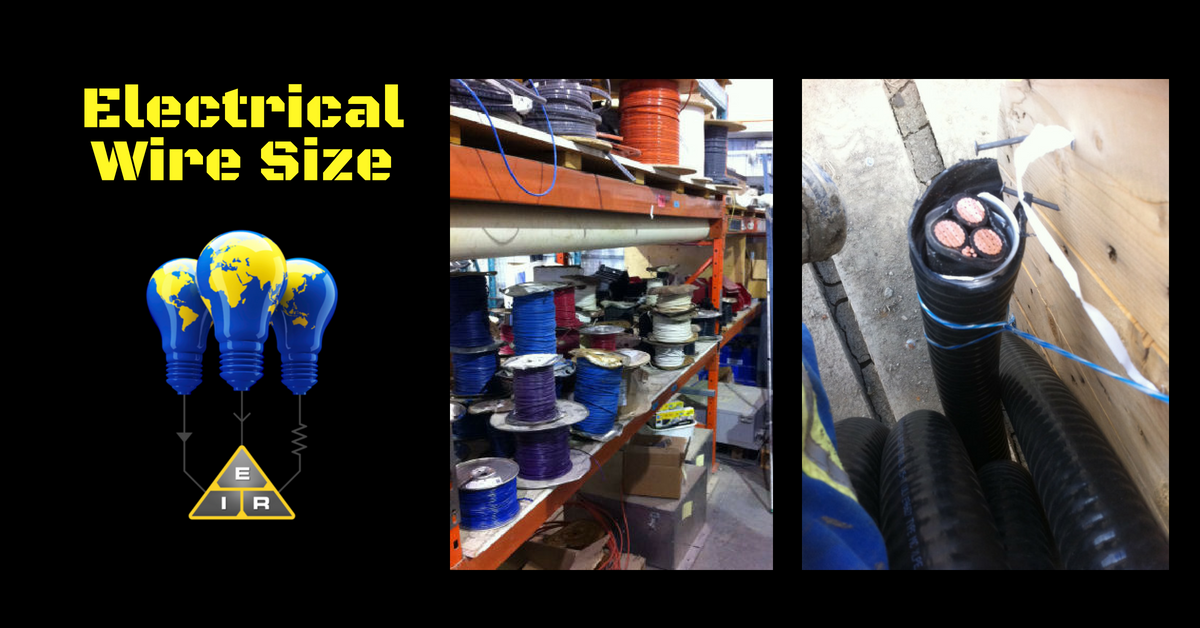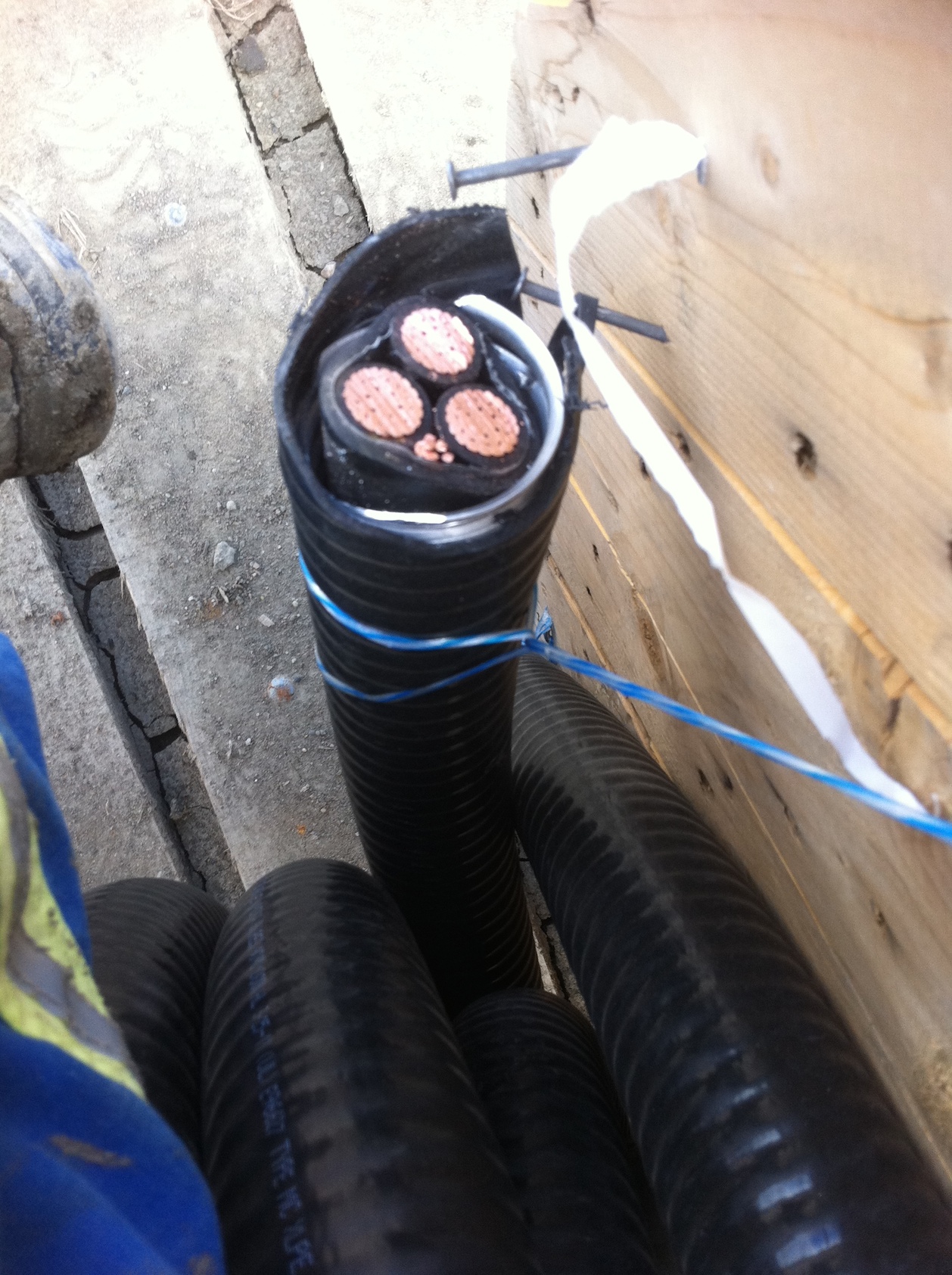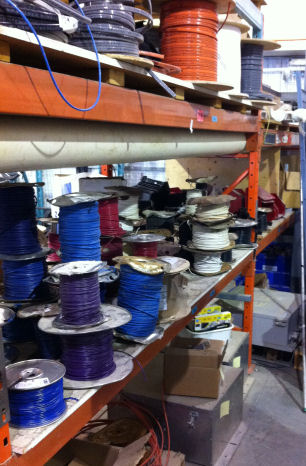Why is Electrical Wire Size Important?

Knowing the correct electrical wire size is one of the most important aspects when installing wires and electrical cables. The proper size of the wire to be fixed or installed depends on the amount of load current the wire must carry.
Not using the correct wire size could lead to damage to the appliance, or worse, a house fire. Usually, the gauge will be marked on the wire, or packaging.
Once in a while, though, you may have to find the size yourself.
Determining the Gauge

The gauge of the wire is determined by heating the wire and then drawing it through a hole which is smaller than the wire. How many draws it takes, determines the gauge.
The drawing operations for different cables are different. Very fine wire, which has a gauge of approximately 30, will pass more times through the drawing dies than that of gauge 0. The variable that will be used to determine the size should be carefully examined. It is usually correctly determined by the reduction ratio of the draws based on the number of draws that were made from the size of the rod. The number of amps determines the amount or strength of the electricity that can pass through a cable. The ampere rating of a conductor is determined by the gauge. The bigger the wire gauge, the smaller the amps and vice versa.
The amps are necessary when determining the correct set of conductors to use to connect to a device. Information about the correct option in relation to the feed is extremely useful. It ensures the safety of the device, the surrounding area and people.
When chosen correctly, it will handle the amount of current running through it without getting too hot and cause the wire insulation to break down. Electrical fires sometimes occur as a result of the wire conductor not being able to withstand the high voltage. Understanding the wire characteristics in the National Electric Code (NEC) or Canadian Electrical Code (CEC) table is useful in determining the electrical wire size to be used. Using the chart simplifies the process of determining the proper size by listing the right amps you need for aluminum and copper wires. Before choosing the correct conductor for a particular situation, first determine the load that the wire will be carrying. The load determines the amperage that the conductor will be handling.

Different devices require different amounts of electricity.
The load can be on non-continuous duty, continuous duty or both continuous and non-continuous duty loads. A continuous load refers to a device where the current is not disrupted and can conduct electricity for more than three hours nonstop.
Non-continuous on the other hand, conducts electricity continuously for a short duration. This is normally less than three hours.
Save Money
Knowing the correct electrical wire size can save costs. If the wrong ones are chosen, they will overheat and eventually the insulation will break down.
This may spoil the appliance and, in some cases, it may create potential fire hazards. You should always check to make sure that appliances comply with municipal codes and the guidelines set out in the appliance’s manual.





